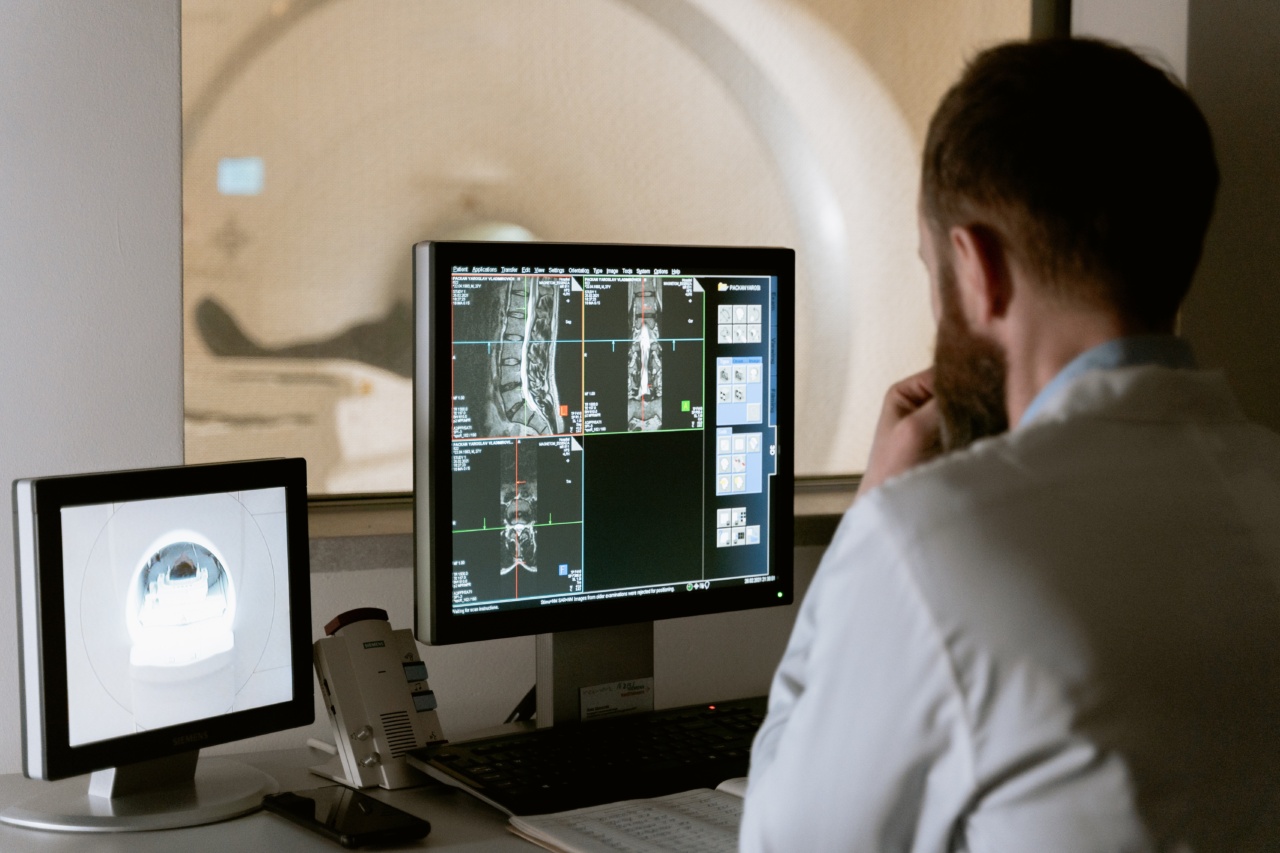Bones are a crucial part of our body that provide structure and support. They also protect our vital organs and store minerals such as calcium and phosphorus. Due to their importance, keeping our bones healthy is crucial to maintain a healthy body.
Unfortunately, bones are susceptible to injuries such as fractures. In this article, we will dive into the science of fractures and how to maintain optimal bone health.
What is a Fracture?
A fracture is the medical term for a broken bone. Broken bones can occur due to various reasons such as trauma, falls, accidents, and sporting activities. The severity of the fracture depends on the force that caused it and the strength of the bone.
A bone that is already weakened due to underlying conditions such as osteoporosis is more prone to fractures even from minor falls or accidents.
Types of Fractures
There are several types of fractures, including:.
1. Closed Fracture
A closed fracture is also known as a simple fracture. In this type of fracture, the bone is broken, but the skin is still intact.
2. Open Fracture
An open fracture is also known as a compound fracture. In this type of fracture, the bone breaks through the skin, leading to an open wound. Open fractures are more severe than closed fractures and can lead to infection.
3. Hairline Fracture
A hairline fracture is also known as a stress fracture. In this type of fracture, the bone is cracked but not completely broken. Hairline fractures are common in athletes and individuals who engage in repetitive activities that stress the bones.
4. Comminuted Fracture
A comminuted fracture is a severe type of fracture where the bone breaks into multiple pieces. This type of fracture requires surgical intervention to align and stabilize the bones.
5. Greenstick Fracture
A greenstick fracture is a type of fracture common in children. In this type of fracture, the bone cracks but does not break completely as the bone is still flexible.
How to Prevent Fractures?
Preventing fractures starts with maintaining optimal bone health. Here are some guidelines:.
1. Eat a Balanced Diet
A balanced diet rich in calcium, vitamin D, and other essential nutrients is crucial for maintaining healthy bones. Calcium is essential for bone structure, while vitamin D helps the body absorb calcium.
You can get calcium from dairy products, green leafy vegetables, and fortified foods. Vitamin D is present in fatty fish, liver, and eggs.
2. Engage in Physical Activity
Regular exercise helps to strengthen bones and prevent bone loss. Activities that involve resistance such as weight-bearing exercises, strength training, and high-impact activities, such as running, are beneficial for bone health.
3. Avoid Smoking and Excessive Drinking
Smoking and excessive alcohol consumption can weaken bones, leading to osteoporosis and an increased risk of fractures.
4. Take Precautionary Measures
Precautionary measures such as wearing protective gear during sporting activities, securing area rugs to prevent falls, and installing handrails on staircases can help prevent falls and fractures.
Treatment for Fractures
The treatment for fractures depends on the severity of the fracture. Mild fractures may require immobilization with casts or splints. More severe fractures may require surgical intervention to align and stabilize the bones.
Surgery may involve the use of metal plates, screws, or pins to keep the bones aligned.
Conclusion
Bones are essential to our overall health, and fractures can be debilitating. Taking precautionary measures, maintaining a healthy diet, and engaging in physical activity are crucial for preventing fractures.
In case of a fracture, seeking immediate medical attention is necessary to ensure optimal recovery.































